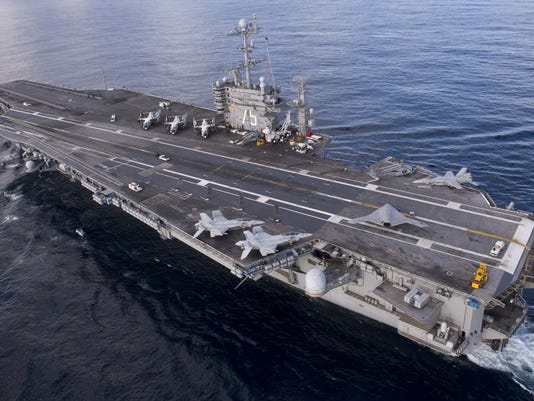OldLady
Diamond Member
- Nov 16, 2015
- 69,568
- 19,600
- 2,220
What's going on with suddenly MORE people in the running? When Trump took that call from Taiwan did some of the earlier "semifinalists" say No thanks, buddy?WTF?
Exxon CEO emerges as a contender for Donald Trump’s secretary of state
Great. Load up the administration with oil men, because that worked out SO well for GW Bush, and America.





